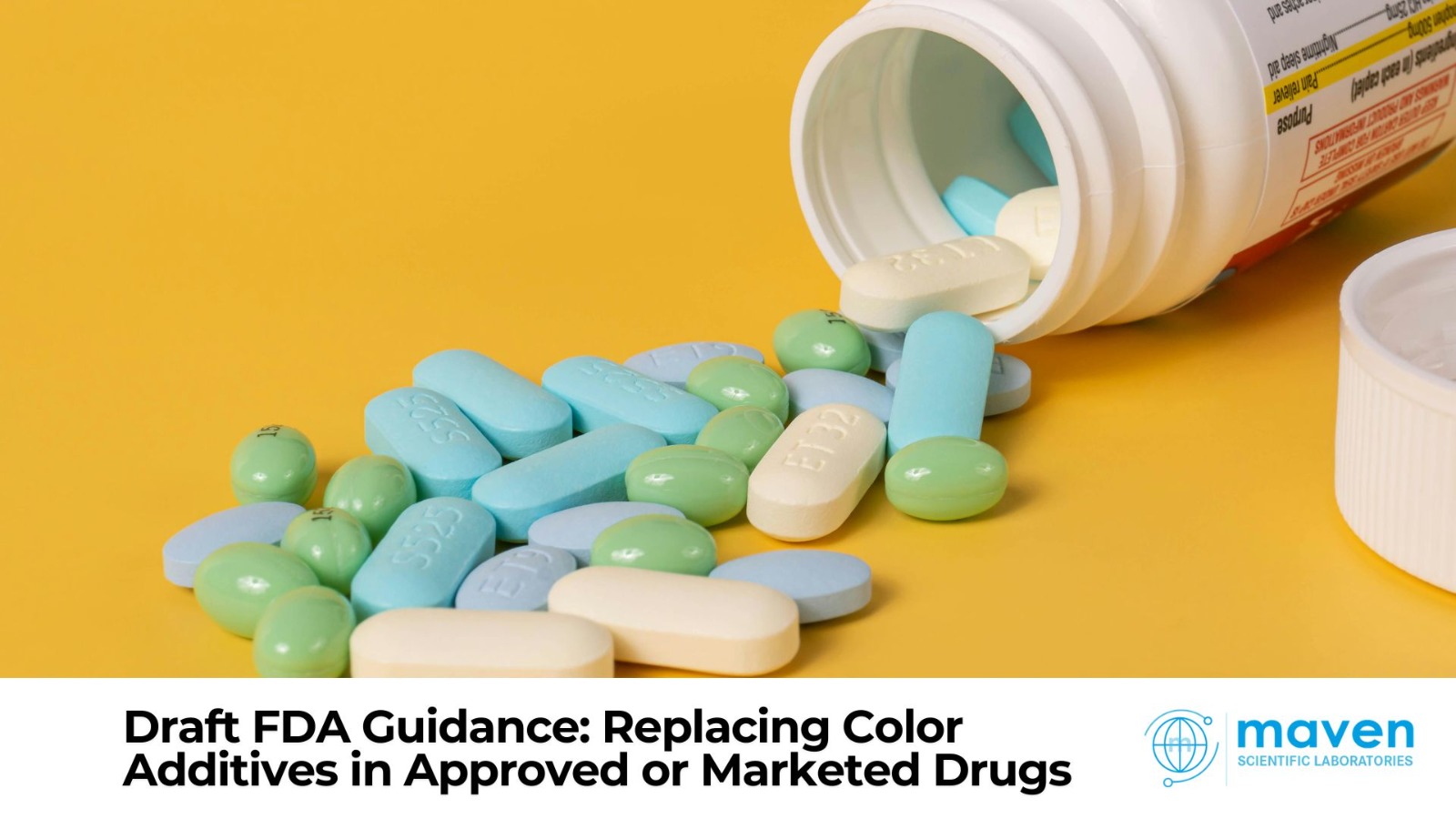
Draft FDA Guidance: Replacing Color Additives In Approved Or Marketed Drugs
Color additives play a crucial role in the pharmaceutical industry, not only for product identification and branding but also for patient compliance and safety. However, as scientific understanding evolves and regulatory standards shift, manufacturers may need—or choose—to replace color additives in their drug products. Recognizing the complexities involved, the U.S. Food and Drug Administration (FDA) has issued a new draft guidance titled "Replacing Color Additives in Approved or Marketed Drug Products." This guidance aims to clarify the regulatory pathway for such changes, streamline the approval process, and ensure continued drug safety and quality.
Key Changes in the Draft Guidance
1. Simplified Regulatory Pathway
Previously, replacing a color additive in an approved drug was considered a "major change," requiring a Prior Approval Supplement (PAS) and lengthy FDA review. The new draft guidance reclassifies most color additive substitutions as "moderate changes." This means manufacturers can now submit a Changes Being Effected in 30 Days (CBE-30) supplement, significantly accelerating the timeline for implementing these changes.
2. Clear Scope and Applicability
The guidance applies to:
- New Drug Applications (NDAs)
- Abbreviated New Drug Applications (ANDAs)
- Over-the-Counter (OTC) monograph drugs
- Certain compounded drugs under Section 503B of the FD&C Act
3. Conditions for Streamlined Changes
The FDA allows the use of the CBE-30 pathway if:
- The new color additive is already FDA-approved and listed in 21 CFR Parts 70-82.
- The change does not impact the drug's safety, efficacy, or bioavailability.
- The total excipient change (including the color additive) does not exceed 5% of the target unit dose weight.
4. Exceptions and Special Considerations
Some situations still require prior approval or are not eligible for streamlined changes, such as:
- Drugs intended for sensitive populations (e.g., neonates, pediatric patients).
- Use of color additives not currently listed by the FDA.
- Changes exceeding the 5% excipient threshold.
5. Documentation and Quality Assurance
Manufacturers must:
- Update all labeling and product descriptions to reflect the new color additive.
- Provide at least three months of stability data at both accelerated and room temperatures.
- Maintain thorough records to demonstrate that the change does not affect product quality or performance.
6. Removal vs. Replacement
If a manufacturer decides to remove a color additive entirely (without replacing it), this is considered a "minor change" and can be reported in the annual report, rather than through a supplement.
Conclusion
The FDA’s draft guidance on replacing color additives in approved or marketed drugs is a welcome development for the pharmaceutical industry. By streamlining the regulatory process and providing clear criteria for when and how changes can be made, the FDA is supporting both innovation and public safety. Manufacturers now have a more efficient pathway to update their products in response to safety concerns, supply chain issues, or evolving consumer preferences—without unnecessary regulatory delays.







